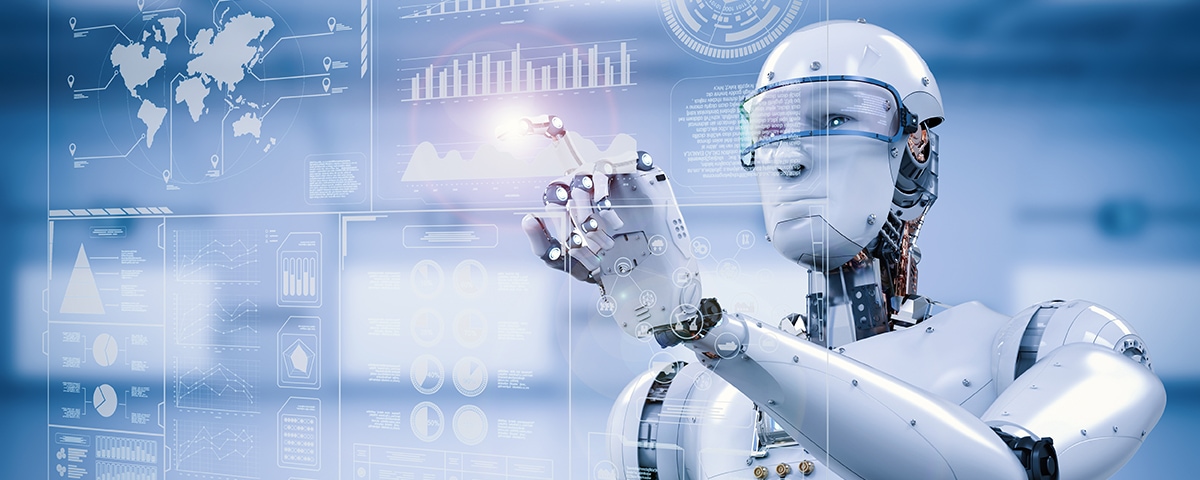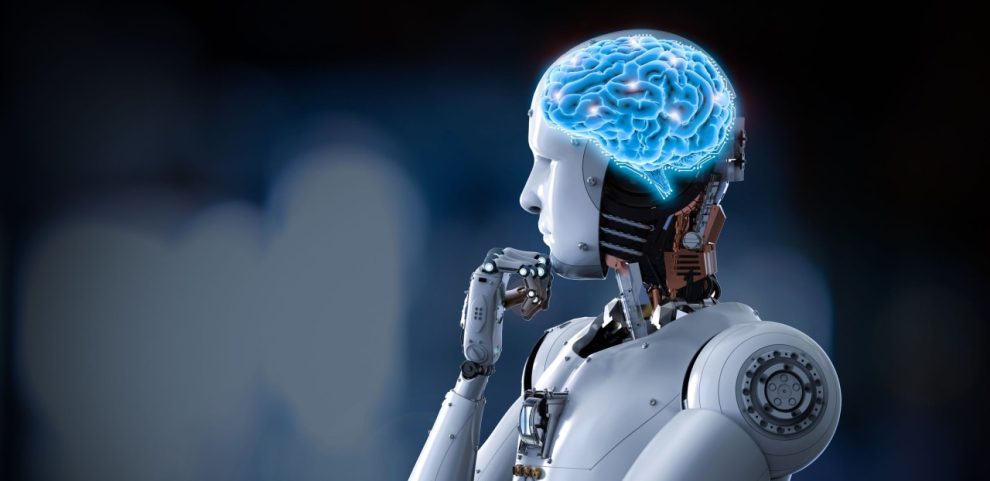The age of robots with repetitive functions and limited capabilities is giving way to a new era of sophisticated automation. Rapid advances in artificial intelligence (AI), machine learning, and supporting technologies are infusion robots with intelligence, adaptability and sensory capabilities that were unimaginable just a decade ago.
This fusion of software-driven brains and hardware brawn is transforming robots from single-task automatons to multi-talented collaborators that can work safely alongside humans across a growing range of applications. From manufacturing shop floors to operating rooms, intelligent robotics and automation will reshape almost every industry in the coming years.
Key Trends Reshaping the Robotics Landscape
Several pivotal technology trends are enabling the evolution of intelligent robots and expanding their real-world impact:
Cognitive Robotics
Equipping robots with AI software, neural networks and computer vision enables powerful capabilities like deep learning, environmental perception, object recognition, navigation, grip manipulation and even decision making. This allows robots to adapt their motions and responses by processing complex sensory data instead of just following pre-programmed commands.
Cobots Come of Age
Collaborative robots, or cobots, are designed to work safely alongside humans and learn from us. Unlike traditional industrial robots that operate inside cages, cobots utilize sensors and software that allows them to adjust their speed, force and direction of motion to avoid contact injuries. This is broadening their utility across domains requiring human-robot collaboration like warehouses, factories and hospitals.
Sensor Fusion
By integrating data from different sensors like cameras, lidars and radar, robots can build detailed 3D representations of their surroundings and respond intelligently. This sensor fusion provides them with situational awareness that approaches human levels. Robots can track multiple objects simultaneously, navigate safely through chaotic spaces, and manipulate items with precision – key capabilities underpinning their mainstream adoption.
Cloud Robotics
Accessing the cloud allows robots to offload compute-intensive processing like training of machine learning models to massive remote servers. This expands their onboard computing capabilities. Cloud connectivity also enables crucial functions like remote monitoring, over-the-air software updates to robots in the field, and collective learning across multiple connected robots to optimize their operating logic.
Digital Twins
Before deploying robots in the real world, engineers can create virtual replicas called digital twins powered by simulations, 3D environments and data from the physical robots. This allows testing of robot design, workcells and control logic in a safe virtual sandbox. Digital twins can also be used for monitoring deployed robots in real time and predictive maintenance to maximize their uptime.

Intelligent Robots Reshaping Industries
Let’s explore some crucial domains where infusion of intelligence and automation is revolutionizing robot capabilities and expanding their real-world impact:
Transforming Healthcare
From robotic surgeons that can conduct complex minimally invasive procedures with superhuman precision, dexterity and control to intelligent pill-dispensing robots allowing pharmacies to serve more patients while reducing errors – healthcare is being radically transformed by robotics.
Reimagining Logistics
Highly automated warehouses powered by smart logistics robots that can pick, pack and sort millions of products daily with minimal human involvement, delivery robots navigating sidewalks autonomously, and AI software optimizing complex global supply chains – the logistics industry landscape is being reshaped by intelligent automation.
Revolutionizing Retail
Cashier-less stores powered by computer vision to identify picked products automatically and charge customers, inventory robots scanning shelves using sensors and algorithms to detect missing/misplaced items in real time, personalized recommendations based on purchase history and customer data to drive engagement – AI and robotics are redefining the future of retail.
Innovating Infrastructure Inspection and Maintenance
Drones conducting fully autonomous visual inspections of cell towers, wind turbines, power lines, bridges and rail tracks in a reliable and cost-effective manner, elimininating safety risks of manual inspection while collecting high quality data. Dexterous robots conducting predictive maintenance of equipment in hazardous environments like nuclear plants and chemical facilities, maximizing uptime and safety – robotics presents immense potential for advancing critical infrastructure inspection and maintenance.
Key Challenges to Address
To fully realize the promise of these exponentially advancing technologies and harness them responsibly, several crucial challenges need to be tackled:
Job Displacement and Reskilling Workforce
Automating certain categories of jobs can free up human talent for more fulfilling and creative roles but also runs the risk of workforce displacement. Proactively assessing the impact of robotic automation and reskilling displaced workers will be vital for responsible adoption.
Algorithmic Bias and Fairness
As robots powered by AI make autonomous decisions based on their sensory understanding of the environment, tackling unintended bias in the machine learning models and ensuring fairness across gender and racial lines will be crucial for building trust and acceptance.
Cybersecurity
With robots heavily reliant on software for core functionality and increasingly connected to the cloud, cyberattacks could have catastrophic implications ranging from service outages, manipulation of control logic to data leaks. Implementing robust cybersecurity and data governance frameworks will be imperative.
Infrastructure and Skills Gap
Widespread adoption of these technologies will require major investments in supporting infrastructure like 5G and edge networks, accelerating R&D, and reskilling workforces across industries to augment existing roles and create newer ones to develop, deploy and maintain robots.
The Road Ahead
The field of intelligent robotics stands poised for explosive growth over the next decade, presenting immense opportunities across industries if the challenges outlined above are addressed responsibly. Core areas where these exponential technologies could have profound impact include:
- Boosting productivity and efficiency: Automating repetitive and dangerous tasks while optimizing and scaling critical processes.
- Enhancing quality and safety: Leveraging precision capabilities beyond human levels for processes requiring high accuracy and reducing risks associated with work in hazardous environments.
- Expanding access and reach: Deploying robots capable of navigating remote or challenging environments can expand delivery of crucial services ranging from infrastructure inspection to healthcare.
- Augmenting human capabilities: Collaborative robots can act as a third arm for workers – enhancing strength, motion and access while ensuring safety and optimizing ergonomics.
By fostering greater collaboration between engineers, scientists, policy makers and enabling responsible development, the incredible potential of these exponentially advancing technologies could be harnessed to create abundance and prosperity for all.
















Add Comment